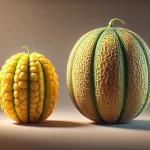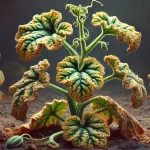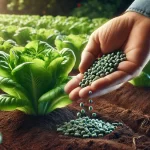The melon crop, despite being a profitable and rewarding practice, can be plagued by mistakes that affect fruit quality, yield, and profitability. Knowing and avoiding these common errors is essential for any producer looking to optimize their crops, improve sustainability, and increase profitability. In this article, we will review the most frequent mistakes in melon cultivation, their consequences, and how to correct or prevent them.
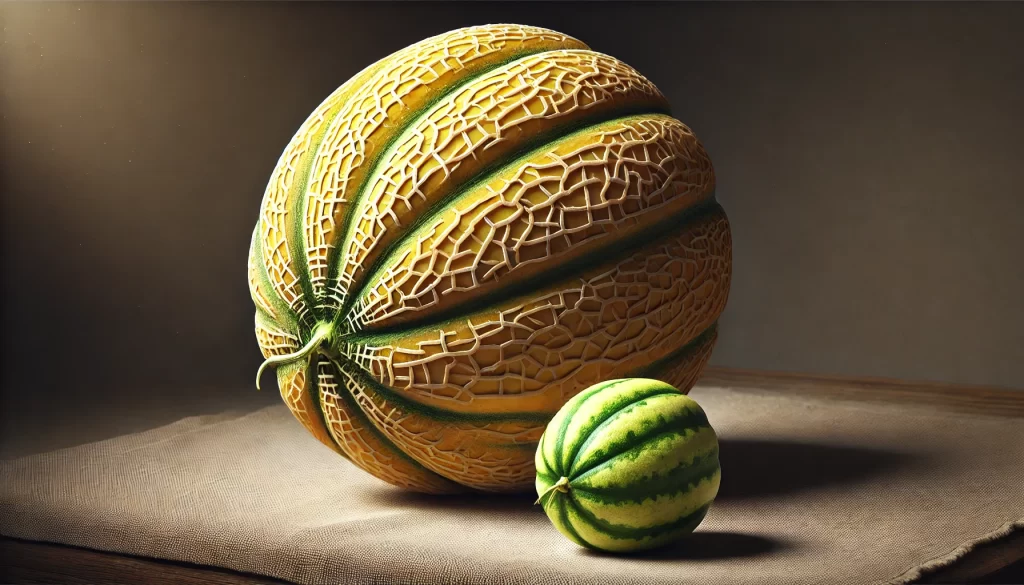
1. Inadequate Variety Selection
Common Mistake:
Choosing melon varieties without considering the climatic conditions, soil type, and market demand.
Consequences:
- Low yields.
- Adaptation problems and susceptibility to diseases.
- Difficulties in marketing due to not meeting market preferences.
Solution:
- Research and select varieties adapted to the region and commercial demand.
- Consult agronomists and use market research data to make informed decisions.
2. Inadequate Soil Management and Fertilization
Common Mistake:
Not conducting soil tests or designing a fertilization plan tailored to the melon crop’s needs.
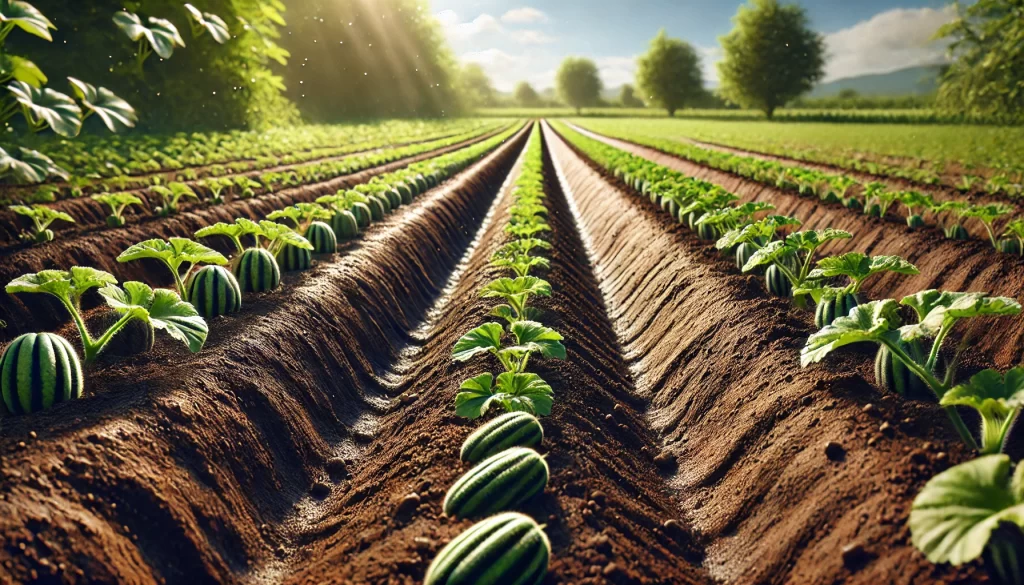
Consequences:
- Deficiencies or excesses in nutrients.
- Growth problems, quality issues, and susceptibility to diseases.
- Increased costs for unnecessary inputs.
Solution:
- Conduct periodic soil tests.
- Design a fertilization plan based on soil test results and the specific needs of melons.
- Incorporate organic matter and practice crop rotation to improve soil health.
3. Irregular or Inefficient Irrigation
Common Mistake:
Implementing irrigation systems without precise control of water quantity and frequency.
Consequences:
- Water stress on plants, affecting flowering and fruit formation.
- Fungal diseases due to excess moisture in the soil.
- Water and resource waste.
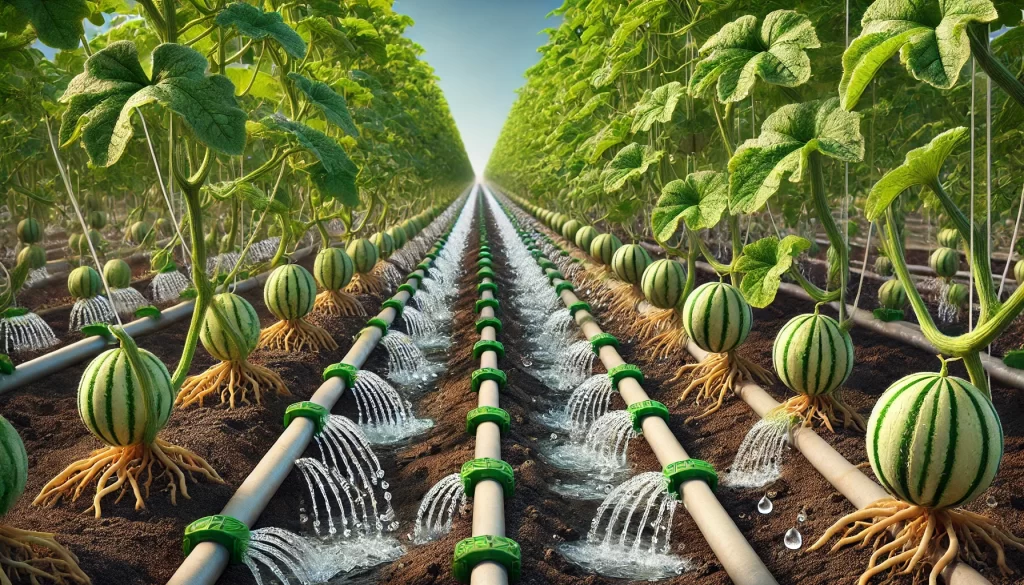
Solution:
- Install efficient irrigation systems, such as drip irrigation, and use moisture sensors.
- Adjust the irrigation frequency and volume according to the melon’s growth stage and weather conditions.
4. Poor Pest and Disease Management
Common Mistake:
Not implementing an integrated pest and disease management (IPM) plan.
Consequences:
- Significant crop loss.
- Increased use of pesticides without control, damaging the ecosystem and soil health.
- Reduction in fruit quality.
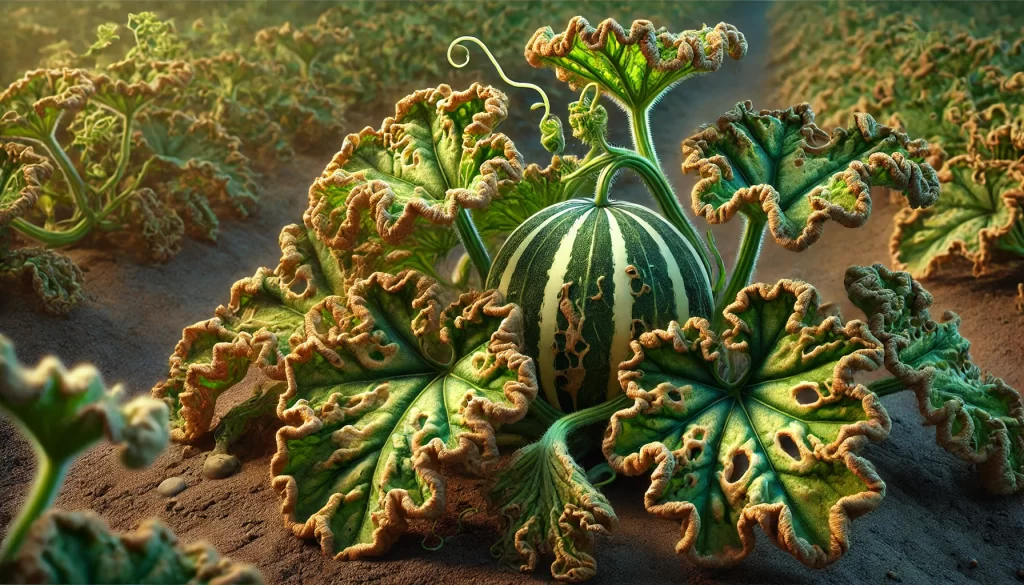
Solution:
- Adopt IPM practices, combining cultural, biological, and chemical methods.
- Perform constant crop monitoring and apply selective controls early on.
- Use resistant varieties and maintain good field hygiene.
5. Mismanagement of Harvesting and Postharvest
Common Mistake:
Harvesting at the wrong time or mishandling the fruit postharvest.
Consequences:
- Decreased quality and shelf life of the melon.
- Economic losses from damaged or low-quality products.
- Supply chain problems and consumer dissatisfaction.
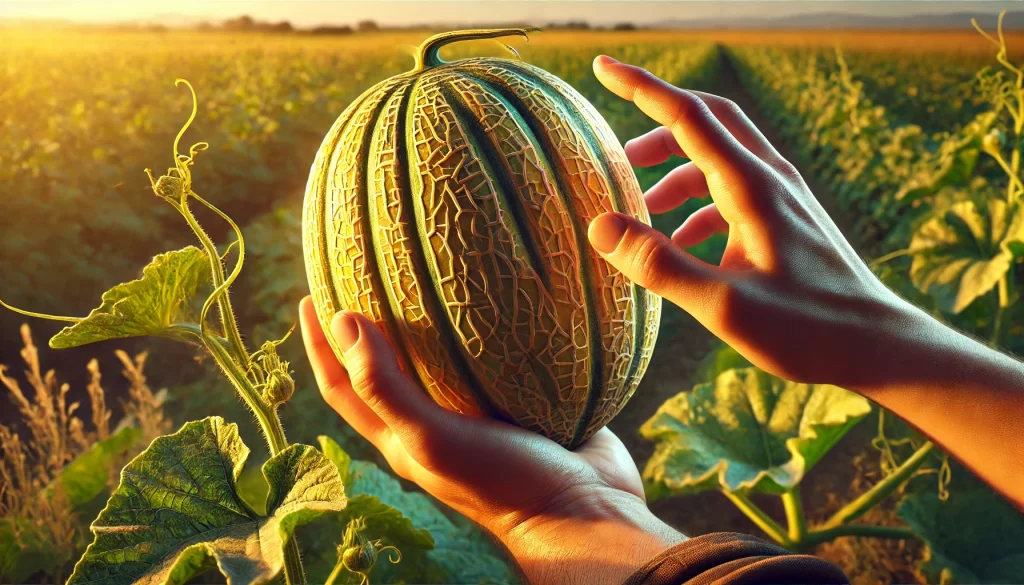
Solution:
- Train in determining the optimal harvest time and proper postharvest handling techniques.
- Implement an effective cold chain and handle fruits carefully.
- Conduct regular inspections during storage to remove damaged products.
Conclusion
Avoiding common mistakes in melon cultivation is essential to ensure a high-quality product, maximize yields, and ensure the sustainability of the business. From variety selection to soil management, irrigation, pest control, and postharvest practices, every decision impacts the success of the crop. With proper planning, knowledge, and the adoption of good agricultural practices, producers can minimize mistakes and significantly improve their results.
References
- Kader, A.A. (2002). Postharvest Technology of Horticultural Crops. University of California Agriculture and Natural Resources.
- Agrios, G.N. (2005). Plant Pathology. Elsevier Academic Press.
- Pedigo, L.P., & Rice, M.E. (2009). Entomology and Pest Management. Pearson.
 AgronoBlog – Agriculture Blog
AgronoBlog – Agriculture Blog 